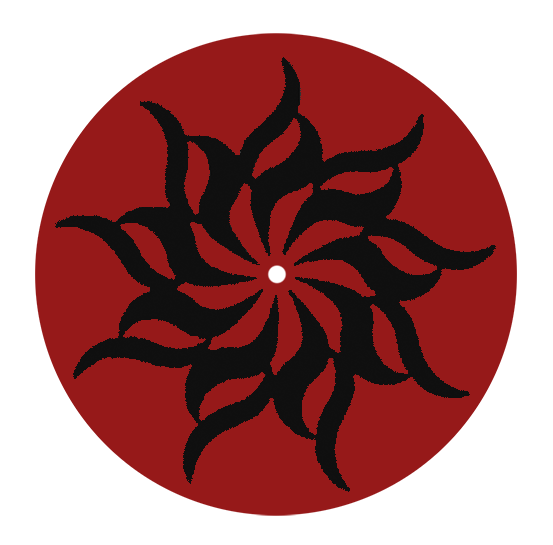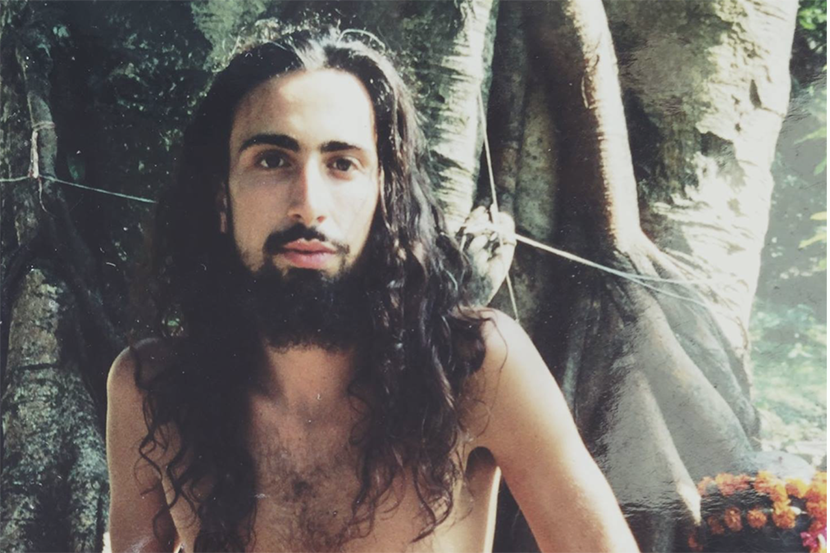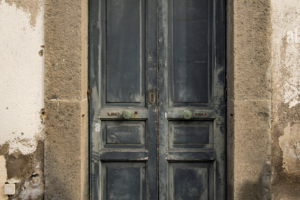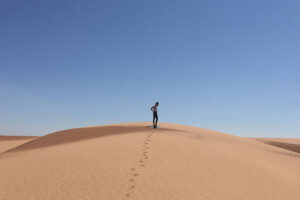On the other hand, the profound insights I gained about life after facing the possibility of premature death, combined with the wisdom I acquired from studying the śāstra-s, inspired me to delve into authentic Yoga Philosophy—not the modern version of “yoga” popularised in the last century. My focus turned to understanding human psychology, the nature of suffering, and how to transcend it. I was deeply committed to finding a genuine guru to guide me in this path. However, what was available were mostly pseudo-spiritual, new-age Yogāśrama-s and commercialised institutions that promoted physical exercise (vyāyama) and wellness under the misleading banner of Yoga, or fake god-men surrounded by misguided followers. I wanted to avoid such environments entirely, as I was seeking authentic knowledge. This brought me living an ascetic lifestyle, traveling across the Indian subcontinent for years in search of a true master. I stayed in temples, hermitages, and caves, living among ascetics and doing whatever I could to be near spiritual masters. These experiences and encounters enriched me with immense knowledge. However, after spending time with Swami Jñānānanda Bharati in Gangotri (Himalaya), I realised that I had a life mission to fulfill before taking up saṃnyāsa and dedicating myself entirely to spiritual liberation.
From the life-lesson offered by ordinary Bengali helper to all that I had absorbed from my teachers, scholars, local libraries, sadhus, saṃnyāsīs and the paṇḍits by the riverbank—whether through conversations or simply observing their behaviour—everything became a resource for learning, and self-directed transformation. From personal hygiene, cooking sāttvic meals, prepare natural medicines, create personalised kriyā routines, design self-treatments, self-massage techniques, developing physical exercises, mediation, to immerse myself in the self-study of Sanskrit literature and grasp knowledge of ancient śāstra-s ⎯in a few years I rediscovered myself living a synergic holistic transformative lifestyle. These efforts were not only to heal myself but to find the inner purpose to endure and overcome all possible challenges. This not only saved me—but became the foundation of the methodology I now transmit to my students through Navakaraṇa Sākalya Tantra (Transformative Holistic Methodology).
Thus, not only a fully regain health but I turn so motivated to further explore my potentials.
After a futile attempt to learn from a modern indian “haṭhayoga teacher”, I discovered that —besides bookstores and libraries where I meticulously studied ancient śāstra-s (particularly those on haṭhayoga and āyurveda)—the only freely accessible resources—were the training grounds of the Hanuman Kushti Akhara on the banks of the Gaṅgā.
I never stepped inside the Akhara itself, as I wasn’t drawn to wrestling. But I would furtively observe their outdoor training routines—their intense physical workouts, especially daṇḍi vinyāsa—designed to develop the strength and agility needed for combat. I would then return to my small room and recreate, re-systematise, and reinterpret everything I had observed. I integrated this with prāṇāyāma, kriyā, and other techniques I had studied in the scriptures. This solitary, intuitive, and relentless experimentation became the fertile ground from which Navakaraṇa Vinyāsa would gradually emerge.





